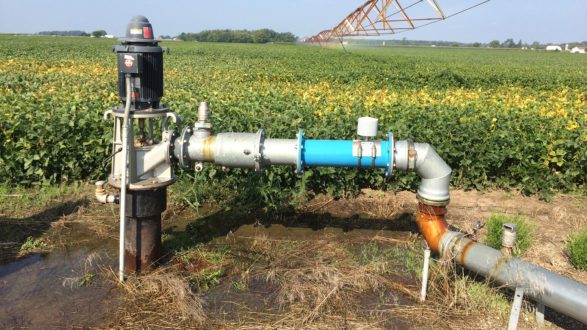Aug 31, 2020How do you know if your farm water sources are at risk? Inspect your system
How do you know if your water sources are low risk? An annual water system inspection is the way to go.
Whether the farm uses groundwater or surface water, evaluating the extent of control involves inspecting stored conveyance pipes for contamination or drip lines for chewed areas, and keeping hoses off the ground.
For wells, it also means looking for loose wellhead caps, cracked or unsealed electrical conduit, and whether the well is below grade from any microbiological hazards. If water is pulled from a pond or stream, the extent of control involves keeping contamination from pests to a minimum by monitoring for their presence.
Next, farms need to evaluate their degree of protection of water sources. For well sources, this involves protecting them from being damaged by vehicles, using a six-inch air gap for filling flumes, wash tanks, or sprayer tanks, and/or installing backflow preventers.
Existing backflow preventers should be checked annually for operability, as they can get calcified in hard water areas if they aren’t operated for long periods. For surface water, this can involve water testing prior to scheduled irrigation events, installing piers or floats to keep the intake in the cleanest zone of water, and putting up fencing or using other wild animal deterrents.















